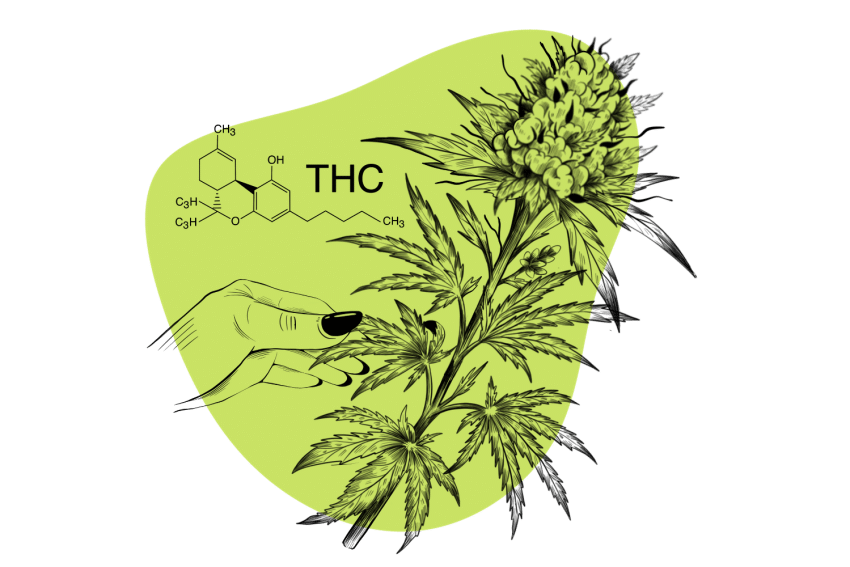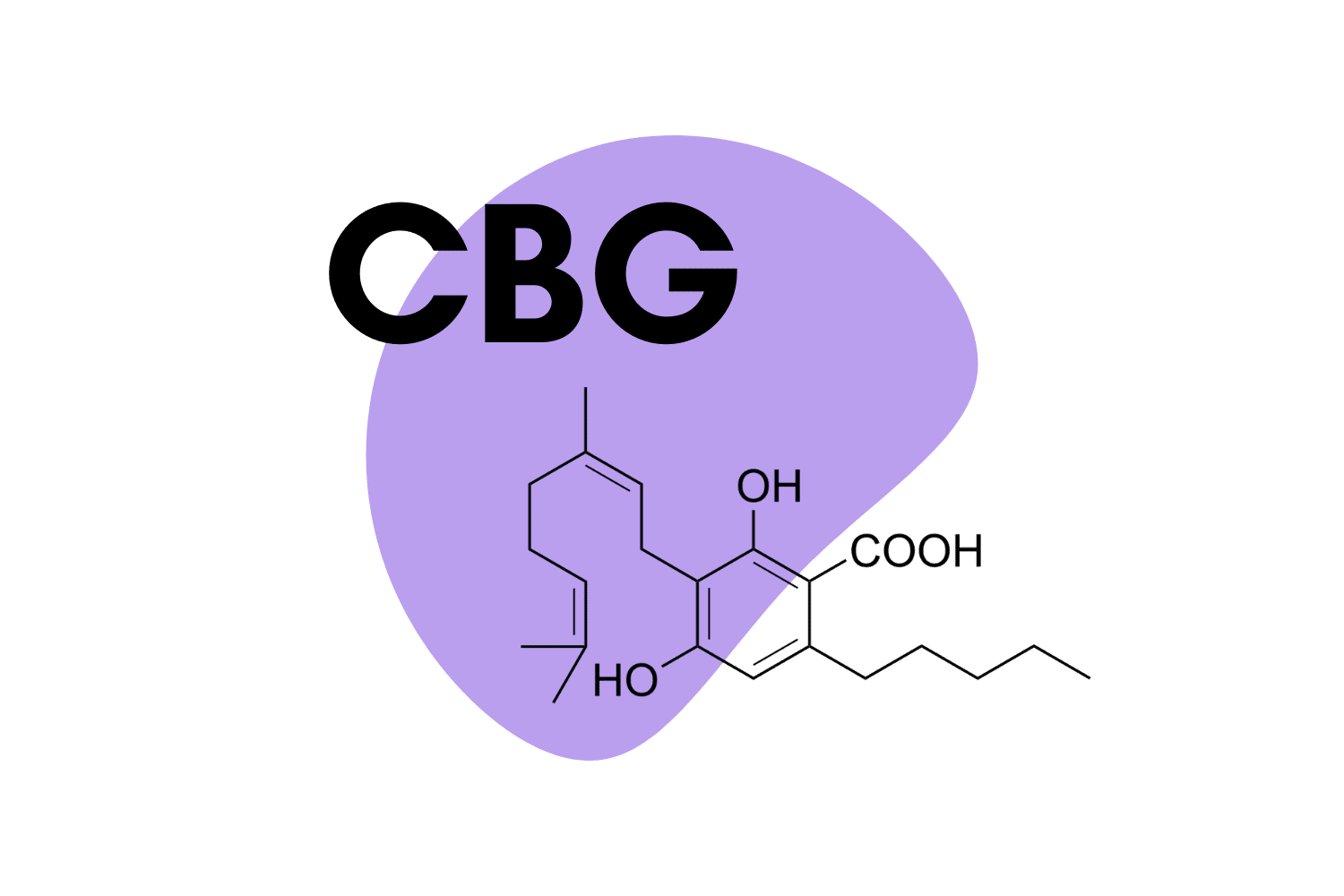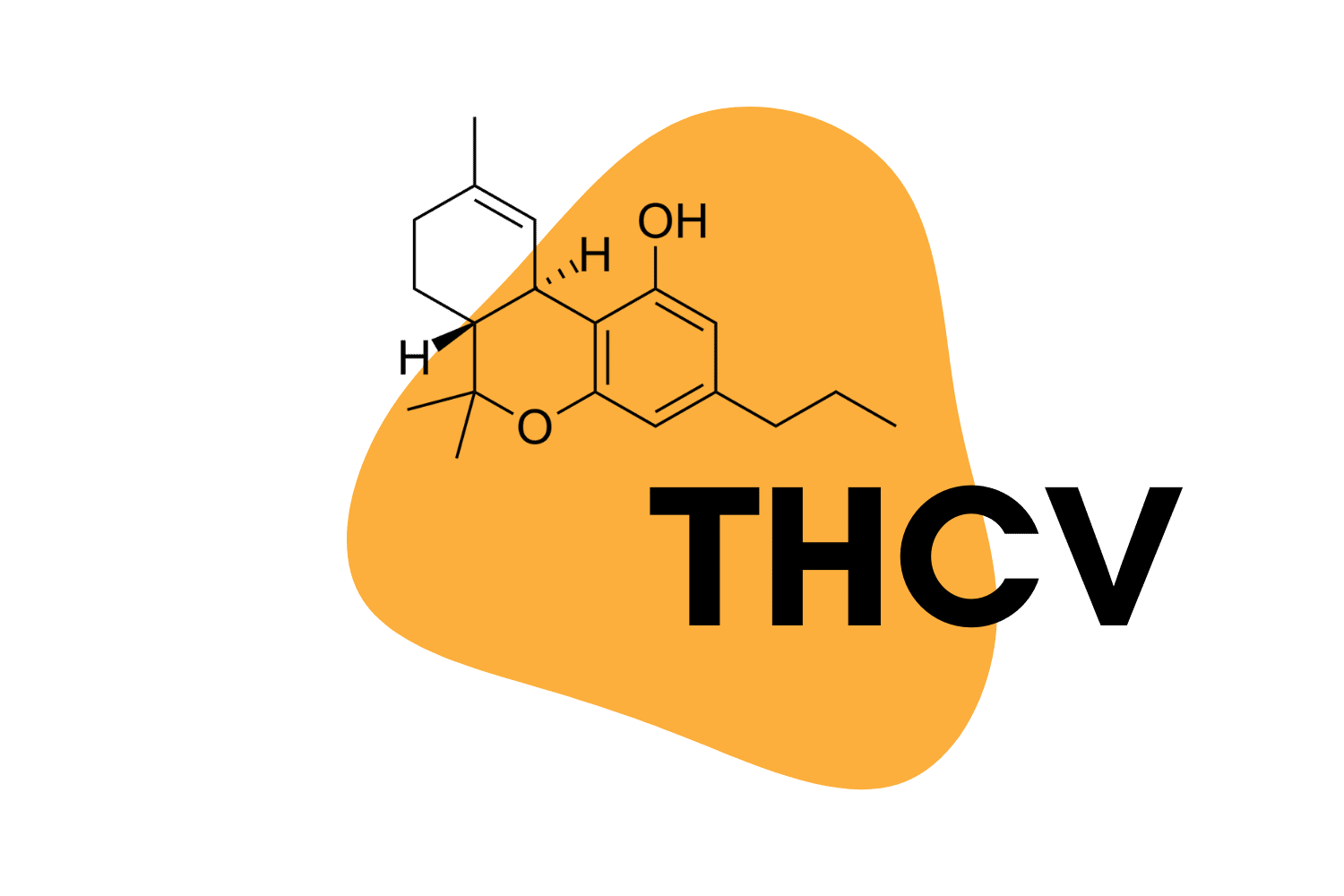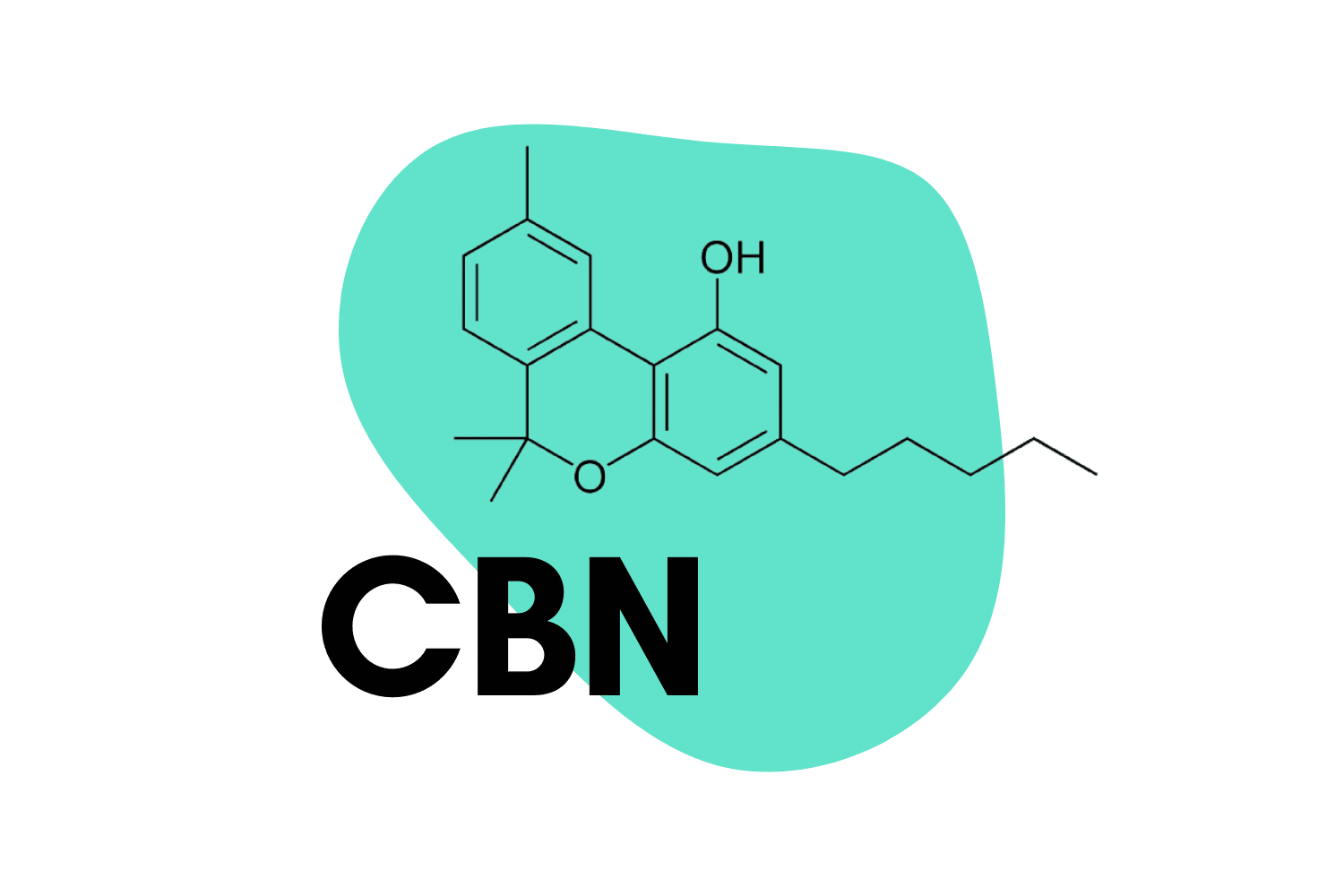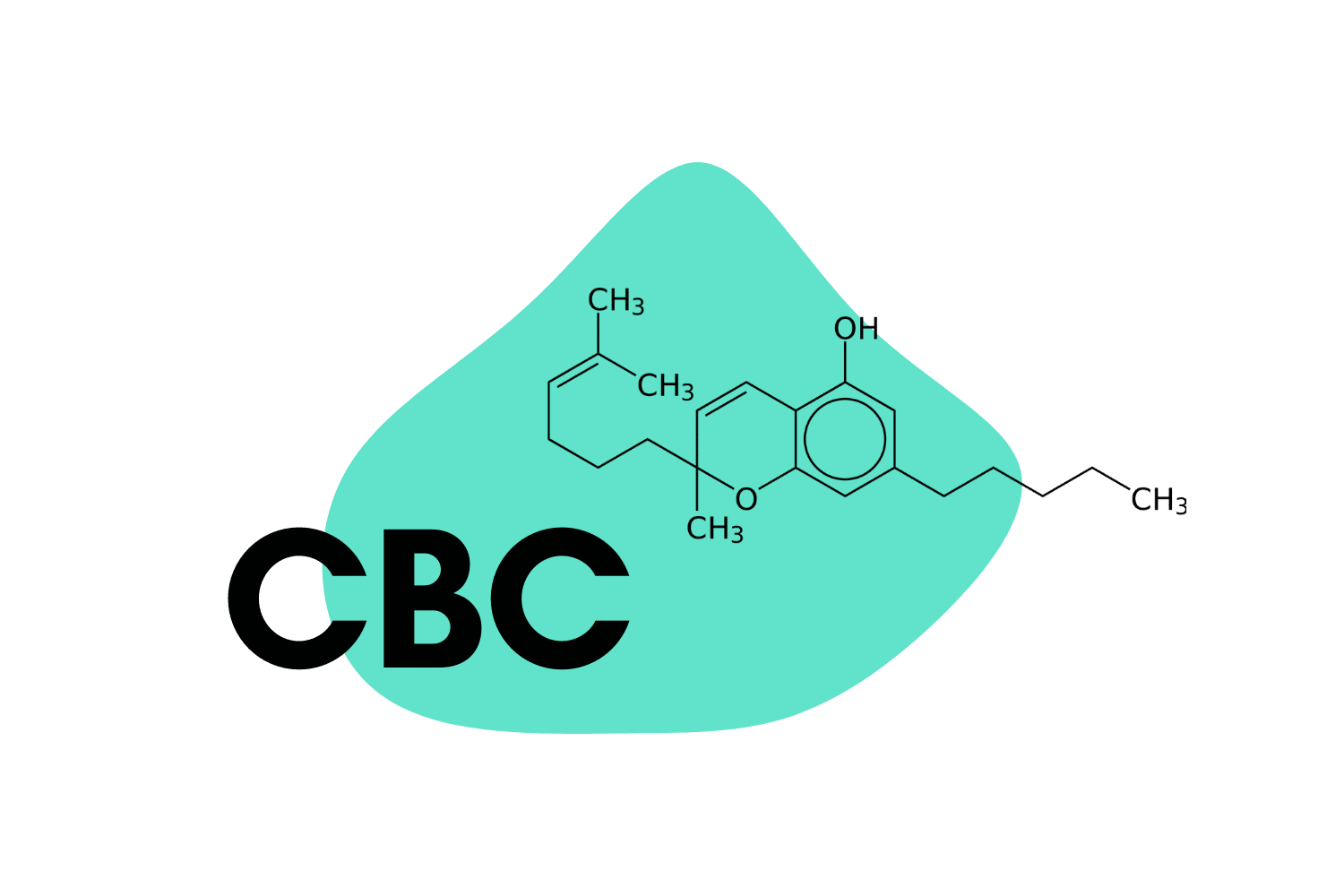What Is CBD? Uses, Benefits & Risks
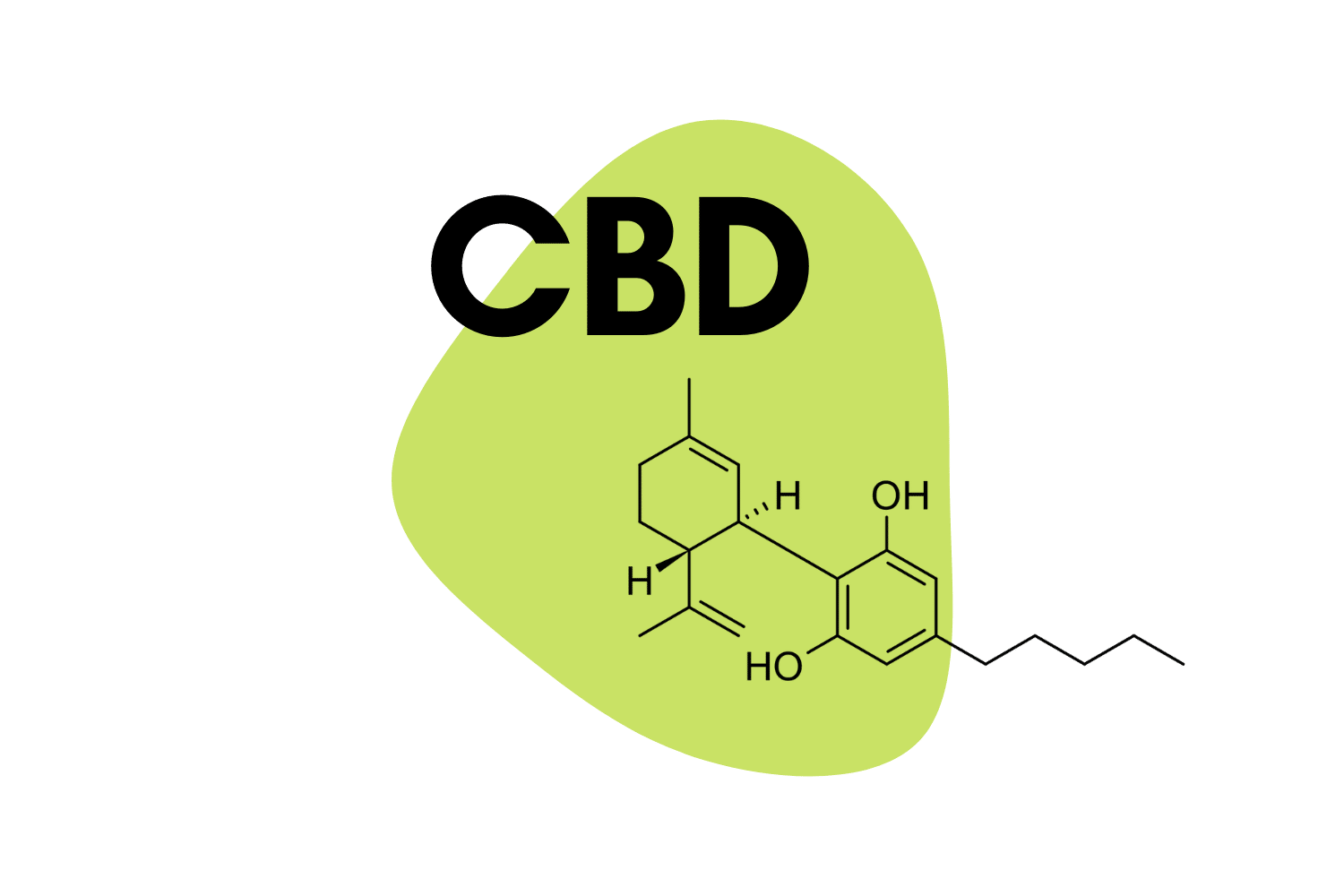
CBD (cannabidiol) is the primary non-psychoactive constituent of cannabis. It’s the reason why so many people are using hemp as a health supplement these days and one of the primary forces behind the new wave of cannabis legalization around the world.
This cannabinoid carries an impressive array of health benefits — many of which have been backed up by clinical research.
Here, we’ll explore the many health benefits associated with CBD. We’ll explain how this unique molecule is able to offer so many benefits, where it comes from, and what you need to know before you start taking it yourself.
What Is CBD?
CBD is one of over 400 active ingredients contained in cannabis plants. It’s classified as a phytocannabinoid, which means it’s able to interact with the endocannabinoid receptors located in just about every cell in the human body.
The endocannabinoid system (ECS) is a distributed network of receptors and hormones (called endocannabinoids) that work to regulate homeostasis (balance) throughout the body.
CBD doesn’t activate the ECS receptors directly — rather, it modifies them in a way that makes our natural endocannabinoids work more efficiently. By facilitating the body’s ability to maintain balance, CBD is able to bring us back towards the baseline and optimal health.
When we’re in a state of inflammation, CBD helps the body reduce inflammation more quickly to get back to normal. When we’re in pain, CBD supports pain regulation pathways, alleviating much of the discomfort and helping to address the underlying cause. The same goes for anxiety, insomnia, epilepsy, and more.
Where Does CBD Come From?
CBD is naturally produced in all cannabis plants. Both marijuana and hemp contain CBD at varying levels.
CBD is found most abundantly in the resin of flowering female plants but is also present in the leaves, stems, and roots. The seeds of the plant are the only part of the plant that doesn’t contain CBD.
Most CBD available for purchase is extracted from cannabis plants using CO2 extraction or extraction, alcohol, hexane, or other solvents.
CBD can also be synthesized in a lab setting, but the method for doing so is time-intensive and expensive, so it’s not a viable option for commercial applications. It’s much easier to simply extract this compound from hemp or marijuana plants.
Is CBD Natural?
CBD is entirely natural. It appears in nearly all cannabis plants in varying concentrations without any human interaction. However, through selective breeding, we’ve been able to generate new hemp strains that produce more CBD than ever before.
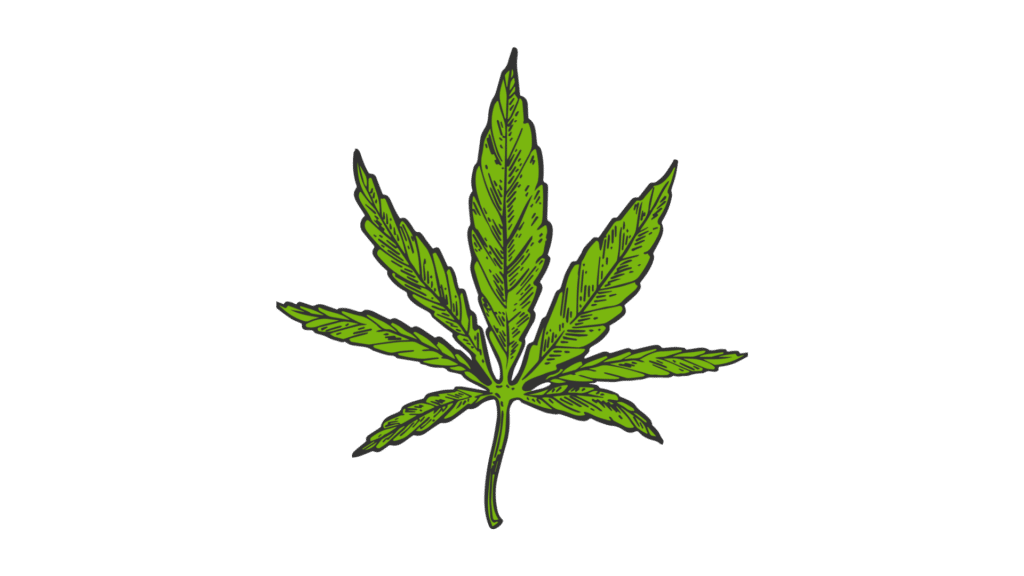
Is CBD Psychoactive?
No, CBD is non-psychoactive — meaning it won’t make you feel high, no matter how much you use.
However, CBD isn’t the only cannabinoid produced in cannabis plants. Other cannabinoids such as delta 9 THC, THCV, and CBN are psychoactive and can make their way into CBD extracts too.
Most hemp-derived CBD products contain no more than 0.3% THC (the legal limit as per the 2018 Farm Bill). If a high-enough dose is used, this 0.3% THC could be potent enough to exert some psychoactive effects.
Some people who use CBD report mild psychoactive effects. This effect has a more noticeable impact on the body than the mind. Users feel relaxed and calm. They may also feel as though they’re heavier or lighter, and some report a feeling as though their body is on autopilot. They’re just going through the motions automatically without putting much conscious thought into it.
With that said, most people don’t notice any significant changes in perception after using CBD.
Is CBD Legal?
CBD is legal in most countries around the world. These laws can be confusing because it’s derived from the same species of plant that gives us marijuana (which is listed as a Schedule I restricted substance in most parts of the world).
The legal differences come down to a semantic difference between hemp and marijuana. Both products come from the same plant — Cannabis sativa. Due to phenotypical and epigenetic differences, some Cannabis sativa plants don’t produce meaningful quantities of THC (which is the main compound government regulators have moved to ban.
Therefore, hemp is defined as any Cannabis sativa plant that contains 0.3% THC or less (As per the 2018 Farm Bill). Marijuana is conversely any Cannabis sativa plant that produces more than 0.3% THC. Simple as that. Some countries, such as France, use 1% as the legal threshold for THC instead.
In the United States, any hemp-derived CBD is legal in all 50 states.
CBD is also legal in Canada, most of Europe, Australia, Most of South America, and some parts of Asia.
Countries that don’t differentiate between hemp and marijuana may still consider CBD extracts illegal.
Also See: List of Legal Psychoactive Substances Around The World.
How Does CBD Work?
Like other cannabinoids, CBD interacts with the endocannabinoid system (ECS). The ECS is a series of signal pathways and receptors tasked with regulating virtually all other organ systems in the body.
The endocannabinoid system plays a part in digestion, metabolism, immune response, memory, pain responses, and anti-inflammatory processes. The body uses the endocannabinoid system even when phytocannabinoids like CBD aren’t present in the body.
Some cannabinoids, like THC, fit perfectly into endocannabinoid receptors CB1 and CB2, triggering responses directly. CBD, on the other hand, doesn’t fit nicely into the receptors and instead has an indirect effect.
It’s believed that CBD inhibits enzymes that play a role in endocannabinoid processing and that it binds to TRPV1 receptors [1]. These receptors are intimately involved in the regulation of pain and inflammation throughout the body.
What Are the Benefits of CBD?
The potential benefits of CBD are still being discovered, but there’s already an abundance of research proving its value as a source of medicine.
1. Pain Reduction
Many people take CBD to help manage pain, as it interacts with serotonin receptors to help reduce the pain signals being processed in the brain [2]. It’s believed to have a relatively powerful analgesic effect, made stronger by its anti-inflammatory capabilities.
To that end, CBD is also commonly used as a natural anti-inflammatory agent [3].
2. Sleep Support
Another popular use for CBD is as a sleep aid. CBD suppresses the central nervous system [4]. Fewer neurons firing means relaxation that can help many people fall and stay asleep, especially if a busy mind keeps them up at night.
3. Anxiety & Insomnia Support
As a central nervous system suppressant, CBD can be effective for treating mental health disorders, including post-traumatic stress disorder [5], social anxiety, depression [6], and more.
Related: Using CBD for Mindfulness.
4. Neuroprotective Effects
CBD is believed to have neuroprotective qualities. While it’s not a standalone treatment for people with multiple sclerosis or Parkinson’s, it can be used to treat symptoms of both [7, 8].
Are There Risks Involved With Taking CBD?
CBD is widely regarded as a safe compound to ingest. It’s natural, legal, and comes with very few if any, side effects for most people. There are, however, some potential downsides, especially if you plan to take higher doses.
The most common side effects of taking CBD are lightheadedness and headache. Some users experience dizziness with very large doses.
Others notice that significant amounts of CBD can cause dry mouth, nausea, or diarrhea, especially if the CBD was taken orally in an edible or gummy.
Some people report feeling fatigued with ongoing CBD consumption, a side effect believed to be related to ongoing suppression of the central nervous system. This potential downside can be dangerous if coupled with other central nervous system suppressants, like opioids.
There is some research to suggest that extreme doses of CBD could lead to liver damage, but this result was found primarily in patients taking additional medications [9].
While there are some potential side effects you can experience when taking CBD, the cannabinoid is generally safe [10]. The lethal dose is believed to be over 200 mg per kilogram of body weight or per 2.2 pounds of bodyweight. This would be beyond an excessive dose, so CBD is generally considered non-toxic.
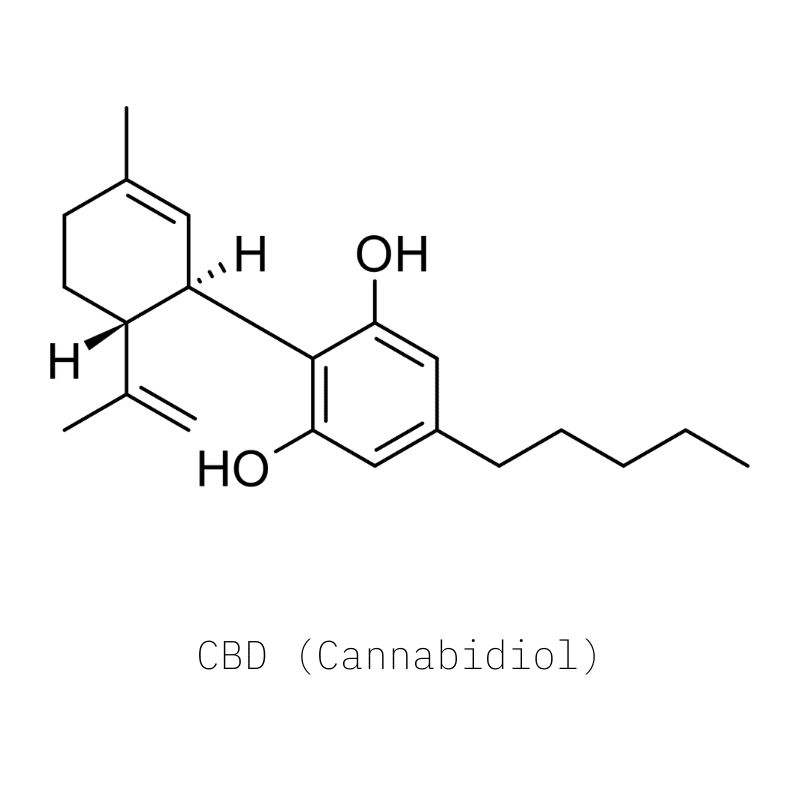
Final Thoughts: CBD, A Health-Boosting Powerhouse
Cannabidiol has gained massive popularity over the past few years as it’s used by more and more people as a natural pain reliever, sleep aid, and anti-inflammatory. It’s a natural and non-psychoactive cannabinoid found in both marijuana and hemp plants, and it’s one of the few cannabinoids legal throughout the United States and in most other countries.
Recent research suggests that CBD can reduce pain and inflammation, help induce sleep, reduce symptoms of depression, ease mental disorders like PTSD and anxiety, and provide neuroprotective benefits to individuals living with multiple sclerosis, Parkinson’s disease, and other degenerative ailments.
CBD is generally considered safe to use, but it can come with side effects, especially if you take large doses. It’s best to start small and increase your daily dose slowly until you know how CBD will affect you.
References
- Fine, P. G., & Rosenfeld, M. J. (2013). The endocannabinoid system, cannabinoids, and pain. Rambam Maimonides medical journal, 4(4).
- De Gregorio, D., McLaughlin, R. J., Posa, L., Ochoa-Sanchez, R., Enns, J., Lopez-Canul, M., … & Gobbi, G. (2019). Cannabidiol modulates serotonergic transmission and reverses both allodynia and anxiety-like behavior in a model of neuropathic pain. Pain, 160(1), 136.
- Atalay, S., Jarocka-Karpowicz, I., & Skrzydlewska, E. (2020). Antioxidative and anti-inflammatory properties of cannabidiol. Antioxidants, 9(1), 21.
- Shannon, S., Lewis, N., Lee, H., & Hughes, S. (2019). Cannabidiol in anxiety and sleep: a large case series. The Permanente Journal, 23.
- Shannon, S., & Opila-Lehman, J. (2016). Effectiveness of cannabidiol oil for pediatric anxiety and insomnia as part of post-traumatic stress disorder: a case report. The Permanente Journal, 20(4).
- García-Gutiérrez, M. S., Navarrete, F., Gasparyan, A., Austrich-Olivares, A., Sala, F., & Manzanares, J. (2020). Cannabidiol: a potential new alternative for the treatment of anxiety, depression, and psychotic disorders. Biomolecules, 10(11), 1575.
- Flachenecker, P., Henze, T., & Zettl, U. K. (2014). Nabiximols (THC/CBD oromucosal spray, Sativex®) in clinical practice-results of a multicenter, non-interventional study (MOVE 2) in patients with multiple sclerosis spasticity. European neurology, 71(5-6), 271-279.
- Thanabalasingam, S. J., Ranjith, B., Jackson, R., & Wijeratne, D. T. (2021). Cannabis and its derivatives for the use of motor symptoms in Parkinson’s disease: a systematic review and meta-analysis. Therapeutic Advances in Neurological Disorders, 14, 17562864211018561.
- Meissner, H., & Cascella, M. (2020). Cannabidiol (CBD).
- Iffland, K., & Grotenhermen, F. (2017). An update on safety and side effects of cannabidiol: a review of clinical data and relevant animal studies. Cannabis and cannabinoid research, 2(1), 139-154.


